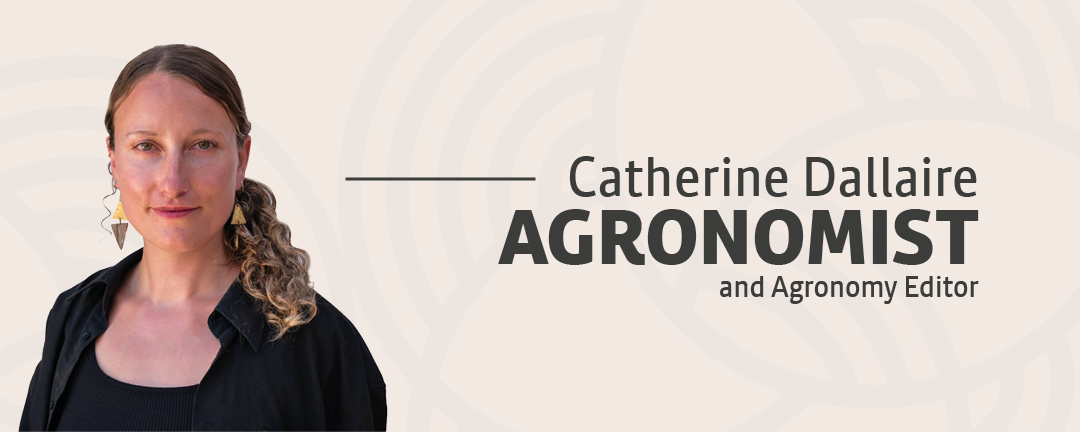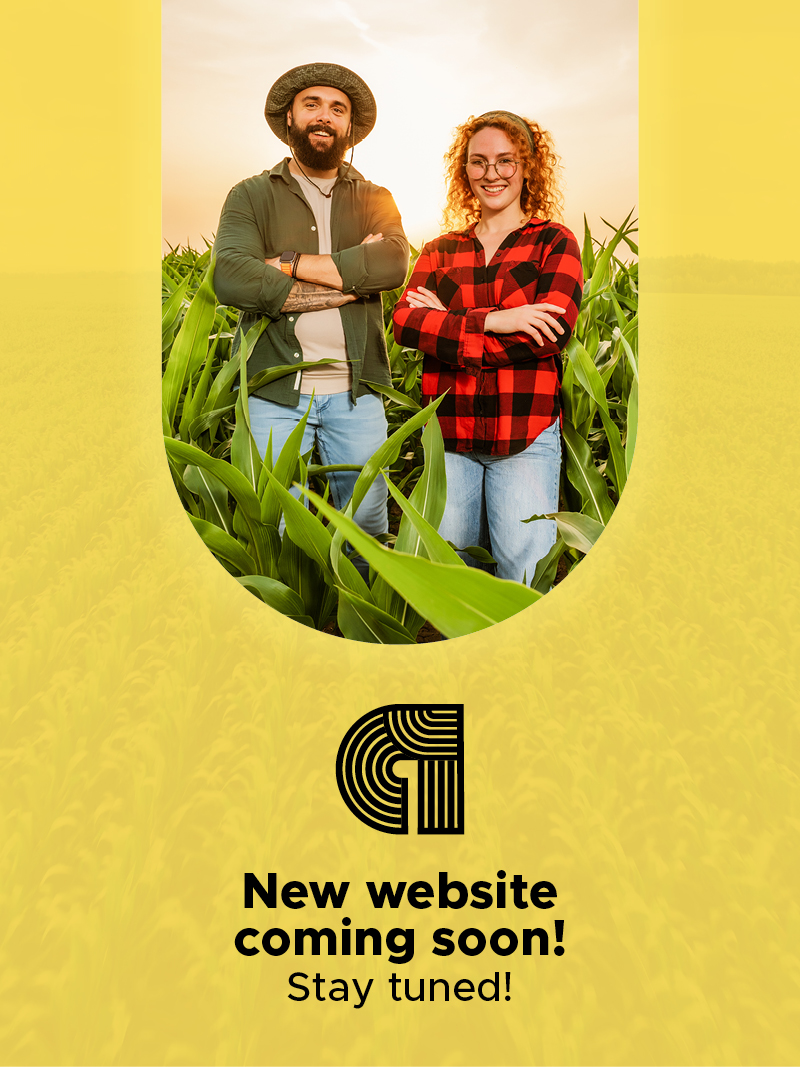
A Real Commitment to Certified Organic Crops
Ferme Rejo Holstein has always put respect for all forms of life at the heart of its agricultural philosophy. In 2021, the family took practical steps toward regenerative agriculture by achieving organic certification.
“Since we no longer had access to chemical inputs or herbicides, we had to make an effort to better understand and leverage soil biology,” François Gagnon explains.
Today, the farm’s 300 acres of crops are certified organic and mainly consist of perennials. Only 10% of its fields are tilled mechanically every year! The family implemented agroforestry practices over the years, such as planting windbreaks and shrubs to create a habitat for pollinators and birds while providing better living conditions for its pasture-raised herd.
Tips to Get Started With Regenerative Agriculture
Based on his experience, François recommends to first build relationships with farmers who have embarked on a regenerative journey.
“You need to surround yourself with the right people and be well supported,” he says.
In terms of finances, he says the process is not so daunting.
“Each change comes with some uncertainty, but there are no extra financial costs in the short term. Quite the opposite, as we believe we have saved money by cutting out unnecessary or flawed practices.”
To conclude, François Gagnon shares a wise piece of advice: “The secret is to take things one step at a time. Start by testing on a small plot, then take the time to measure the impact. Be patient and observe, and the results will come naturally.”


